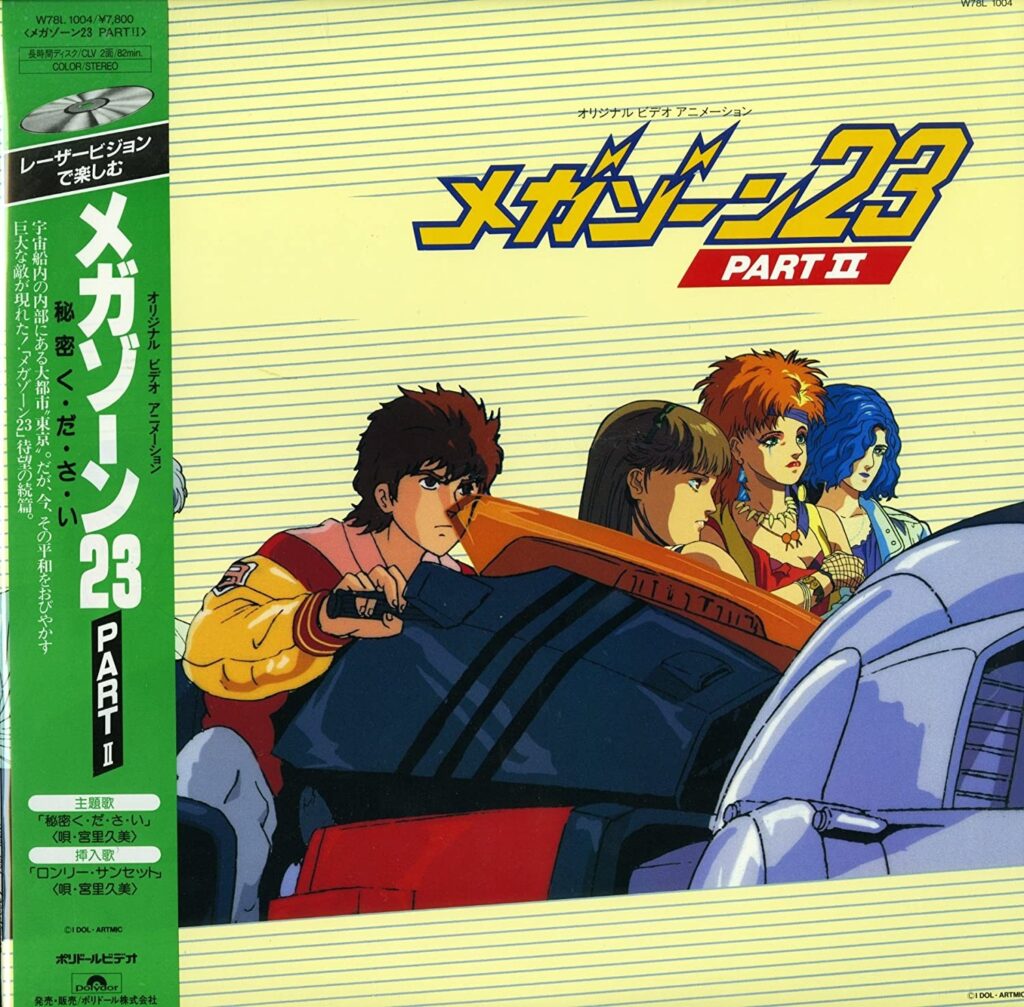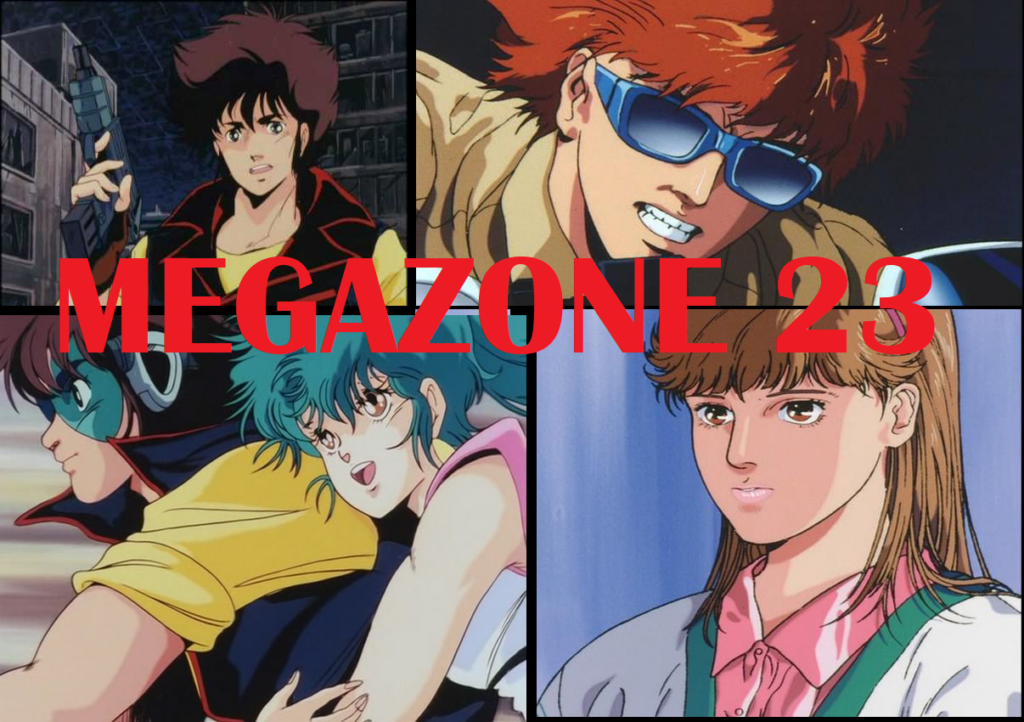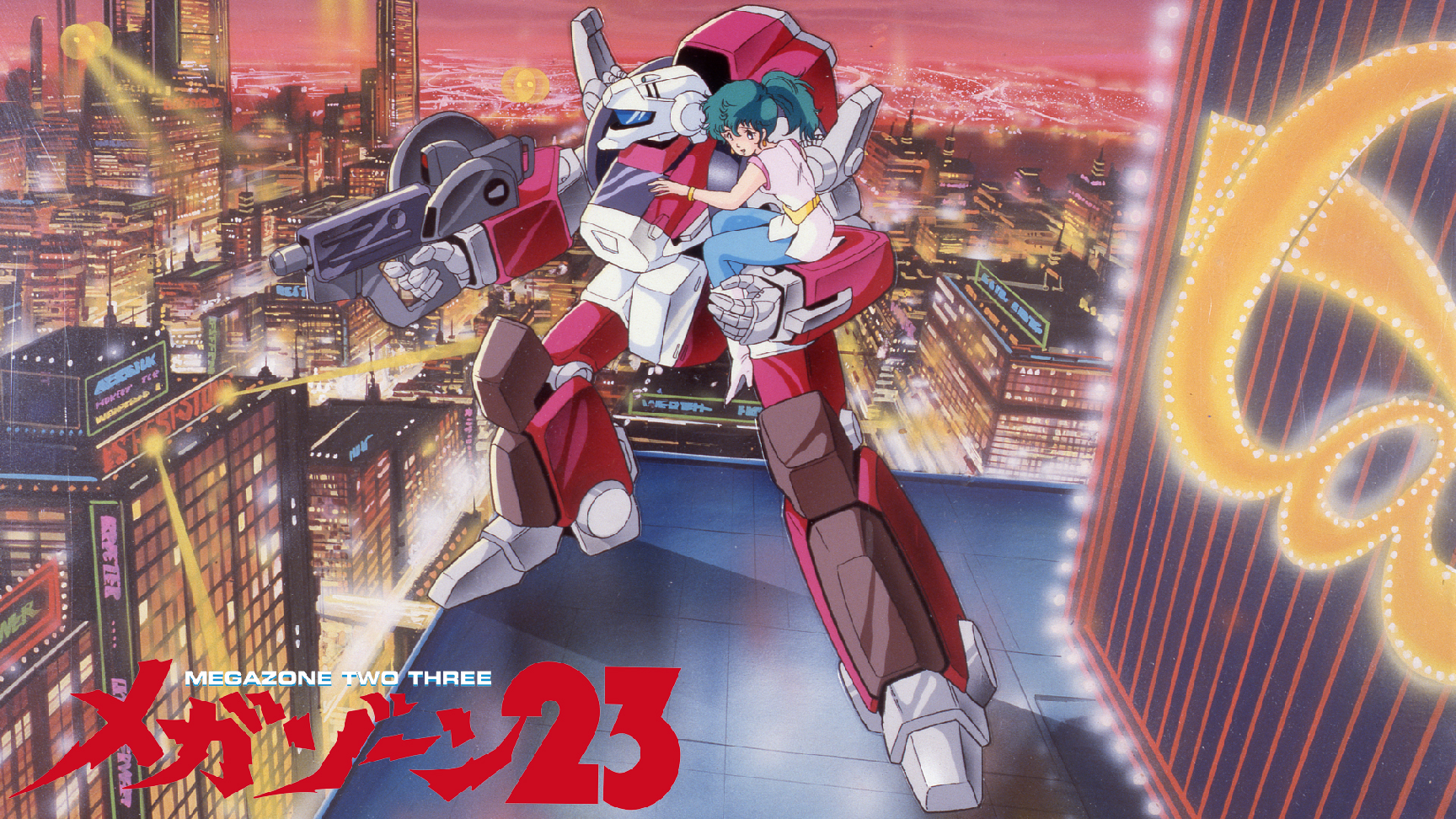
Anime Review: Megazone 23 – A Cynical, but Important Anime
Koi ni ochiru Sentimental hajimaru wa….
Megazone 23 is a Japanese mecha franchise created by Noboru Ishiguro, written by Hiroyuki Hoshiyama and Emu Arii, and directed by Ishiguro, Ichiro Itano, Kenichi Yatagai, and Shinji Aramaki. The animated 3-part OVA was released in 1985 and was considered the first financially successful OVA to be released in Japan. It is no doubt an influential series.
It tells the story of Shogo Yahagi and his girlfriend Yui Takenaka as Shogo stumbles upon the mysterious Motorbike Mecha Garland, the enigma surrounding the idol Eve Tokimatsuri, and the hidden truth about the world they live in. It turns out that the world they live in is a gigantic spaceship called Megazone 23, built to move humanity away from earth as the earth recovers from the man-made pollution, humanity exiling itself due to the sins they have committed to their home planet. Now, the ADAM system that’s been keeping track of humanity is about to judge humanity whether they can return to the earth, or be purged as a cancer. Shogo, who’s been chased by the government forces must face this bleak society that has been manipulated to live in a fake world, handle the truth and the enemies chasing him, all while trying to keep Yui safe.
It tells the story of Shogo Yahagi and his girlfriend Yui Takenaka as Shogo stumbles upon the mysterious Motorbike Mecha Garland, the enigma surrounding the idol Eve Tokimatsuri, and the hidden truth about the world they live in. It turns out that the world they live in is a gigantic spaceship called Megazone 23, built to move humanity away from earth as the earth recovers from the man-made pollution, humanity exiling itself due to the sins they have committed to their home planet. Now, the ADAM system that’s been keeping track of humanity is about to judge humanity whether they can return to the earth, or be purged as a cancer. Shogo, who’s been chased by the government forces must face this bleak society that has been manipulated to live in a fake world, handle the truth and the enemies chasing him, all while trying to keep Yui safe.
Visual-wise, Megazone 23 holds up well enough into the modern age, part 2 and 3’s visuals being vast improvements to part 1. The wispy visuals of 1980’s mecha in part 1 underwent major change into more realistic art styles in parts 2 and 3, with part 2 being very, very powerful in visual detail and has one of the smoothest animation of the 80s-90s era anime. It is also worth to note that Hideaki Anno, and Ichiro Itano, very well-known names in the world of mecha anime, also work on Megazone 23 as animators in this OVA series; their talents no doubt have contributed to the beautiful and detailed animation of Megazone 23. Character designs of part 1 and 2 although went through major changes, are still very distinct. The designs of Shogo, EVE, and BD are simple and concise, they exactly tell the character’s personalities and the themes they carry. Do remember that Megazone 23 contains explicit scenes, is very bloody, and is absolutely not for young viewers, Part II can be unsettling for some viewers due to the violence and gore.
Story-wise, such a bleak, revelatory premise about a fake world and impending doom requires an unconventional protagonist: He has to question the world he lives in, risk his life in dangerous confrontations against government forces, and must realistically suffer from the consequences of his actions in a world that is facing doomsday. Shogo is a different protagonist than most would expect, he fights for himself and the people closest to him. Certainly not your typical law-abiding citizen or goody-two shoes. He hangs out with punks, and is not afraid to fight the military, knowing that he is greatly outnumbered. Shogo is an outlaw who rebels against society and social order – the fabricated one but only a few realized. But despite his recklessness and machismo, Shogo is not The Terminator, nor is he Kira Yamato, butchering enemies left and right. Here, we have him struggling in his fight against BD, an enemy military commander who is a better pilot than he is and the story unfolds in unexpected ways. Even in Part III, where the protagonist shifts from Shogo to Eiji Takenaka, the scenes retain the ability to keep us interested as the mystery unfolds before the protagonists.
Story-wise, such a bleak, revelatory premise about a fake world and impending doom requires an unconventional protagonist: He has to question the world he lives in, risk his life in dangerous confrontations against government forces, and must realistically suffer from the consequences of his actions in a world that is facing doomsday. Shogo is a different protagonist than most would expect, he fights for himself and the people closest to him. Certainly not your typical law-abiding citizen or goody-two shoes. He hangs out with punks, and is not afraid to fight the military, knowing that he is greatly outnumbered. Shogo is an outlaw who rebels against society and social order – the fabricated one but only a few realized. But despite his recklessness and machismo, Shogo is not The Terminator, nor is he Kira Yamato, butchering enemies left and right. Here, we have him struggling in his fight against BD, an enemy military commander who is a better pilot than he is and the story unfolds in unexpected ways. Even in Part III, where the protagonist shifts from Shogo to Eiji Takenaka, the scenes retain the ability to keep us interested as the mystery unfolds before the protagonists.
Music-wise, the 80s citypop tracks in Megazone 23 are well-arranged and superb. Tracks like Himitsu Kudasai, Senaka Goshi ni Sentimental, and Lonely Sunset are sung by the singer Kumi Miyasato (depicted as EVE’s songs) and delivered beautifully throughout the OVAs. Himitsu Kudasai, for example, is played during a bittersweet and important moment of the story. Even the instrumental BGM Rock Cafe is catchy and has a distinct 80’s rock vibe to it, said BGM making it into Super Robot Wars D when Megazone 23 debuted in the mecha strategy RPG
Franchise as the theme music of Shogo and his Garland.
The concept of a simulated reality depicted in Megazone 23 has been explored in movies such as the popular Matrix franchise, the Canadian movie Existenz, or the popular video game 13 Sentinels: Aegis Rim. Like those titles, Megazone 23 explores the consequences of living in a fabricated reality and the consequences of ignorance. As the characters on both sides struggle by the sudden change they encounter, time is running out for them. It is interesting to see what stories like these explore in a science fiction perspective, on how technology is depicted and how it interacts with, and changes the lives of people; sometimes as weapons, tools for survival, or to the detriment of them and society. The variety of technologies, stories, and characters depicted in science fiction or in mecha-themed works brings into perspective what the authors want to convey, what is the point of their stories, and how the audience interacts with Megazone 23 or similar-themed works, exploring each unique works, the themes, and messages they convey.
Franchise as the theme music of Shogo and his Garland.
The concept of a simulated reality depicted in Megazone 23 has been explored in movies such as the popular Matrix franchise, the Canadian movie Existenz, or the popular video game 13 Sentinels: Aegis Rim. Like those titles, Megazone 23 explores the consequences of living in a fabricated reality and the consequences of ignorance. As the characters on both sides struggle by the sudden change they encounter, time is running out for them. It is interesting to see what stories like these explore in a science fiction perspective, on how technology is depicted and how it interacts with, and changes the lives of people; sometimes as weapons, tools for survival, or to the detriment of them and society. The variety of technologies, stories, and characters depicted in science fiction or in mecha-themed works brings into perspective what the authors want to convey, what is the point of their stories, and how the audience interacts with Megazone 23 or similar-themed works, exploring each unique works, the themes, and messages they convey.
That being said, the point of Megazone 23 is that it is a cynical anime, apocalyptic in tone, and skeptical of human potential. Part 3 striking the strongest warning of all with the antagonist Won Dai, strongly implied to be Shogo, wanting to wipe out humanity. Corrupted by the system he is now part of after he landed on earth, He seems to have no regard for the lives of humans. Declaring that they only repeat the sins of their predecessors, he is preparing to bring humanity doom, the same doom he experienced on Megazone 23. Even the idealist Shogo became corrupted by the system he leads when he’s older. Megazone 23 asks questions like have things changed? As we grow older, has society progressed? Have we at least lessen the pollution we create? Have we become corrupted by the very things we hated when we were young? Megazone 23 points these questions at us and makes us think on how we figure out how to make things right in our small, daily lives.
At this point, It is no simple endeavor to describe the depth of Megazone 23 and the message it carries. Whether you like mecha or not, Megazone 23 is a critical look on humanity and the systems they create, and a must watch for those who want something different on their watchlist.
by MANSEN
At this point, It is no simple endeavor to describe the depth of Megazone 23 and the message it carries. Whether you like mecha or not, Megazone 23 is a critical look on humanity and the systems they create, and a must watch for those who want something different on their watchlist.
by MANSEN
Check out more recommendations:

A desolate planet now submerged in liquid. A totally unique and fresh mecha series where all the robots are underwater. Oh and there’s also a talking whale.

A love story that spans through 12000 years. The war between Angels and humans fueled by passionate emotions. Shoji Kawamori shows us why he’s the master of the sky.

What happens if we mix Mahou Shoujo, Mecha and Battle Royale into one? We get Granbelm – an emotional story about the lives of young girls entangled in an ancient war.

In the city of smoke and steam, a young kid works as a detective alongside his nurse and butler to protect the peace. An old classic for fans of the steampunk style.

The 2nd season of the lovely Mass-Produced Riko series. Join Riko and co as they embark on an all new venture, while drawing interesting lesson from building plastic models.
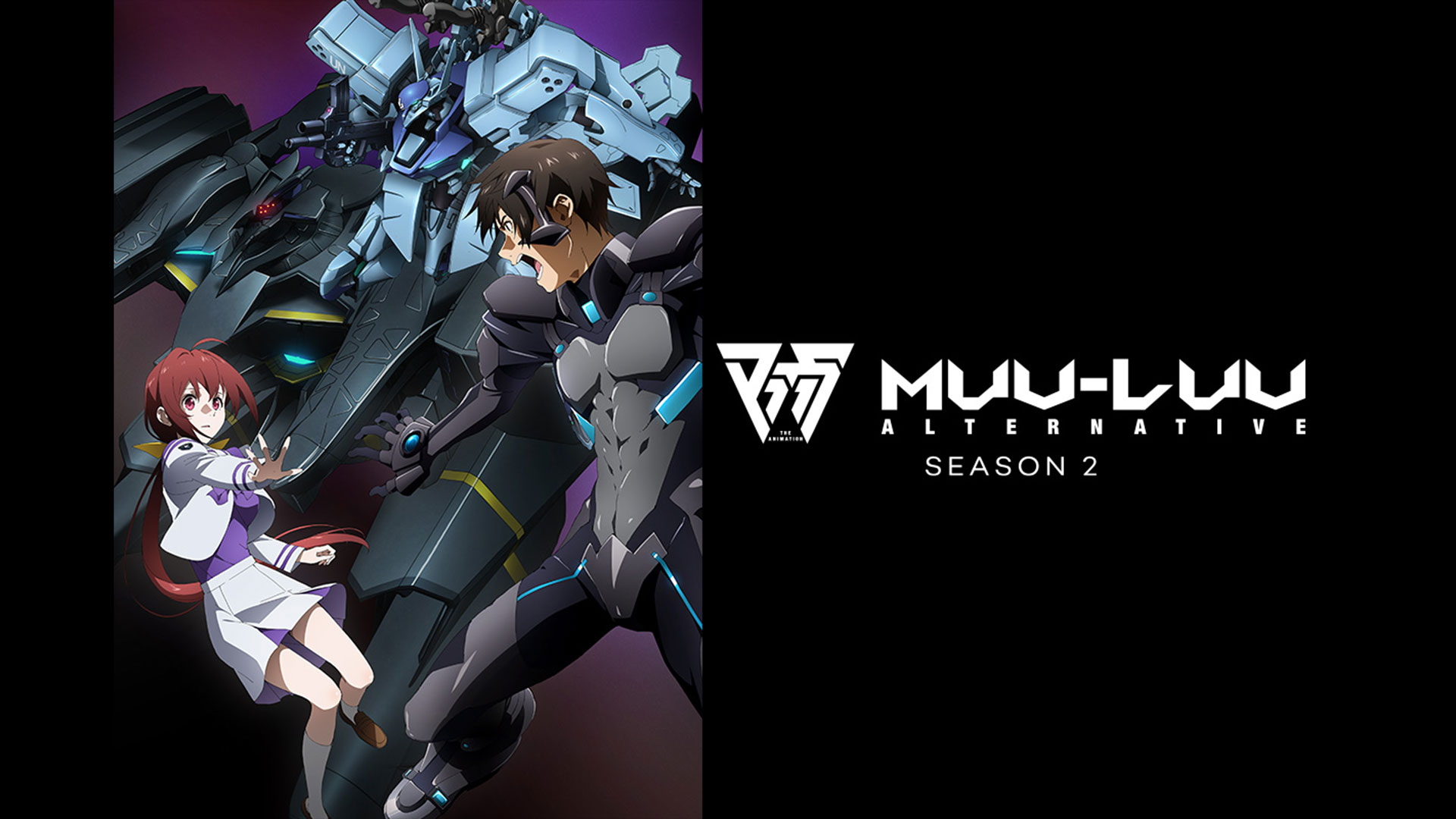
The long-awaited continuation of the mecha isekai of pain. Season 2 of Muv-Luv Alternative is definitely trying to woo you by slamming intense scenes at you – but is it worth it?

One of the most difficult to adapt Mecha series, Muv-Luv Alternative anime started off with a questionable season, but you should still check it out.
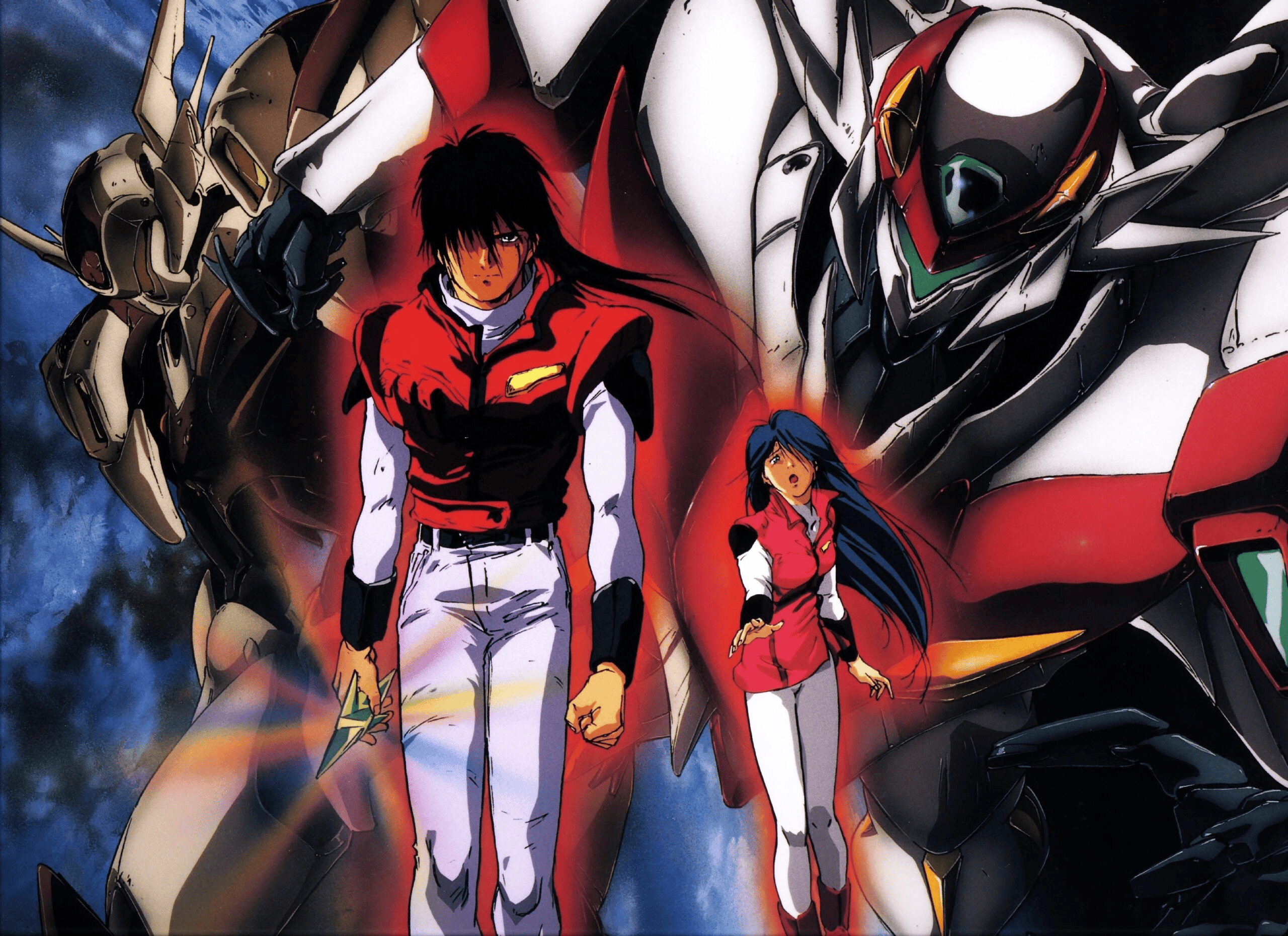
A remake of another Tatsunoko hero. The Space Knight returns with a completely new story, design and brings us on an emotional journey of a tragic hero.

The continuation of the hot-blooded saga, this time filled with emotional drama and even more badass action. A great video game adaptation but not without flaws.

The long awaited legend’s return that satisfy all mecha fan’s longing for a good game. Armored Core 6: Fires of Rubicon is an experience you have to play to believe.

Universes collide as the cast of Gridman and Dynazenon is caught in a dimensional anomaly. But what’s more troubled is Yuuta – who has to become Gridman again with a troubled heart.

When you talk about the most badass mecha, you have to mention SRW OG and Masami Obari. And when these two combine, you get the best SRW anime of all time.
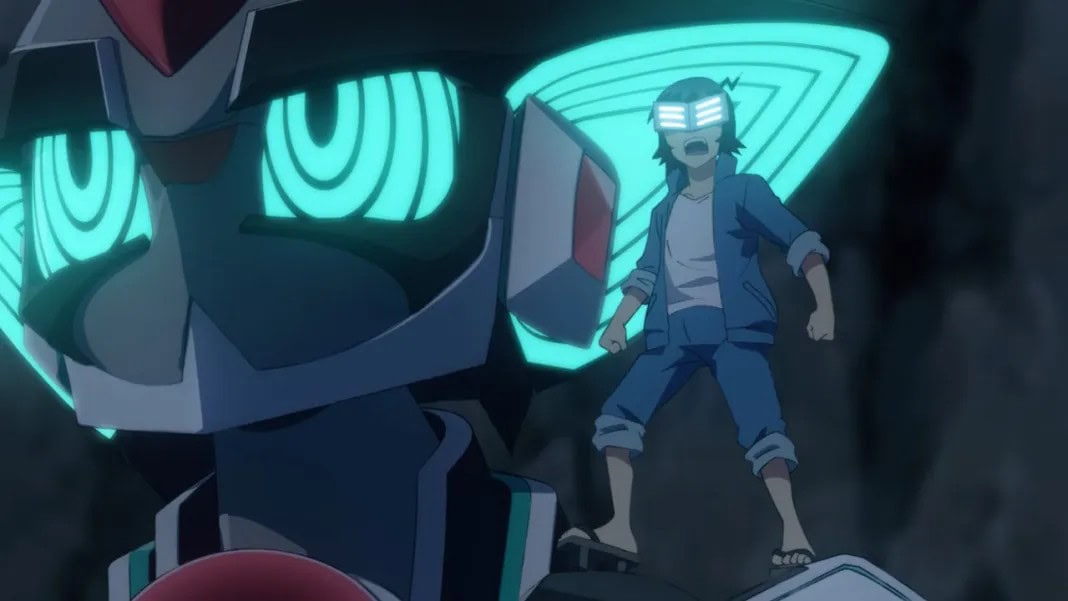
A unique series where the true pacifism versus justice. A bold premise and interesting gimmick make Planet With a very selective series in terms of audience – but it definitely deserves a chance.

From the studio that created Buddy Complex and Valvrave, Cross Ange is another Sunrise’s original that challenges the limit of its audience once more .

What will you do if you’re teleported to a time with giant grotesque monsters? For teenage student Daisuke Doujima, it’s a perfect chance for him to become a hero, and a saviour. But can he?
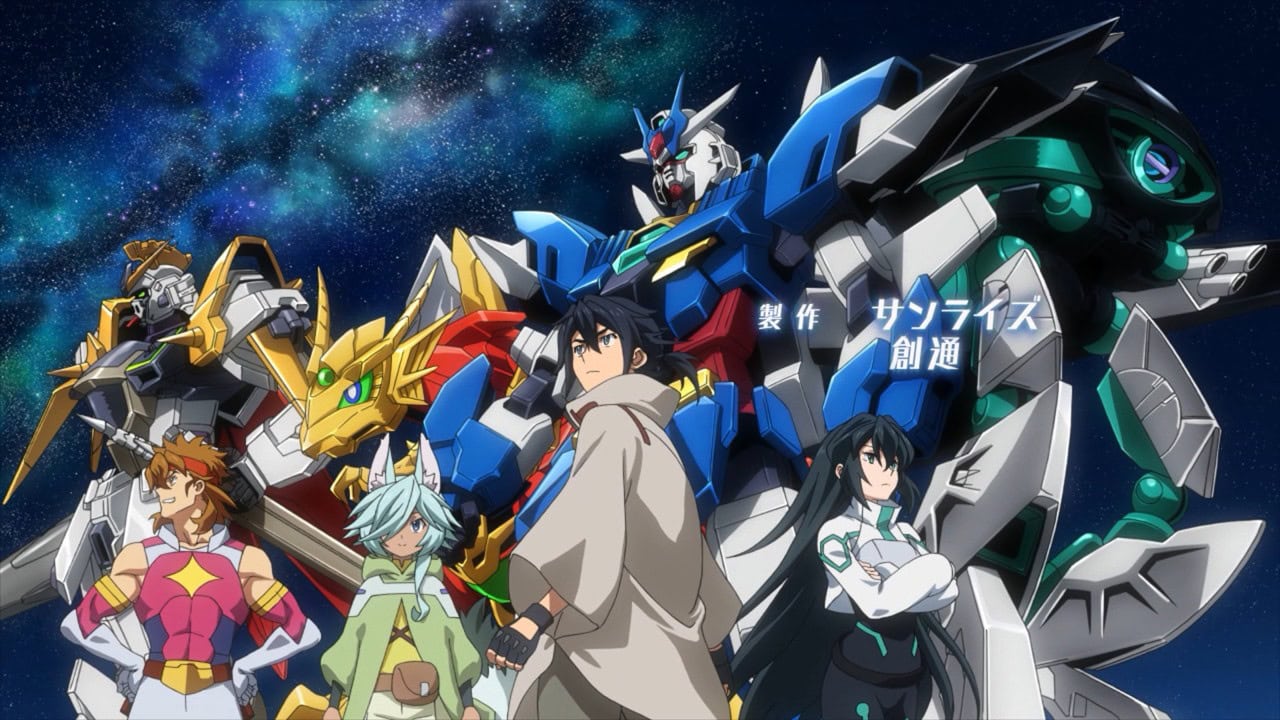
After 2 lukewarm series, Gundam Build rose to form again with Re:Rise. A story with deep characterization for a diverse and likeable cast and awesome Obari action.

Time to go digital! Build series is going full SAO and virtual with Build Divers – a light-hearted series and fun to enjoy without the need to complicate things.

Following GBF, Sunrise wanted to capture the magic with TRY. However, they fell just short of greatness but still create a series with amazing Gunpla battles.
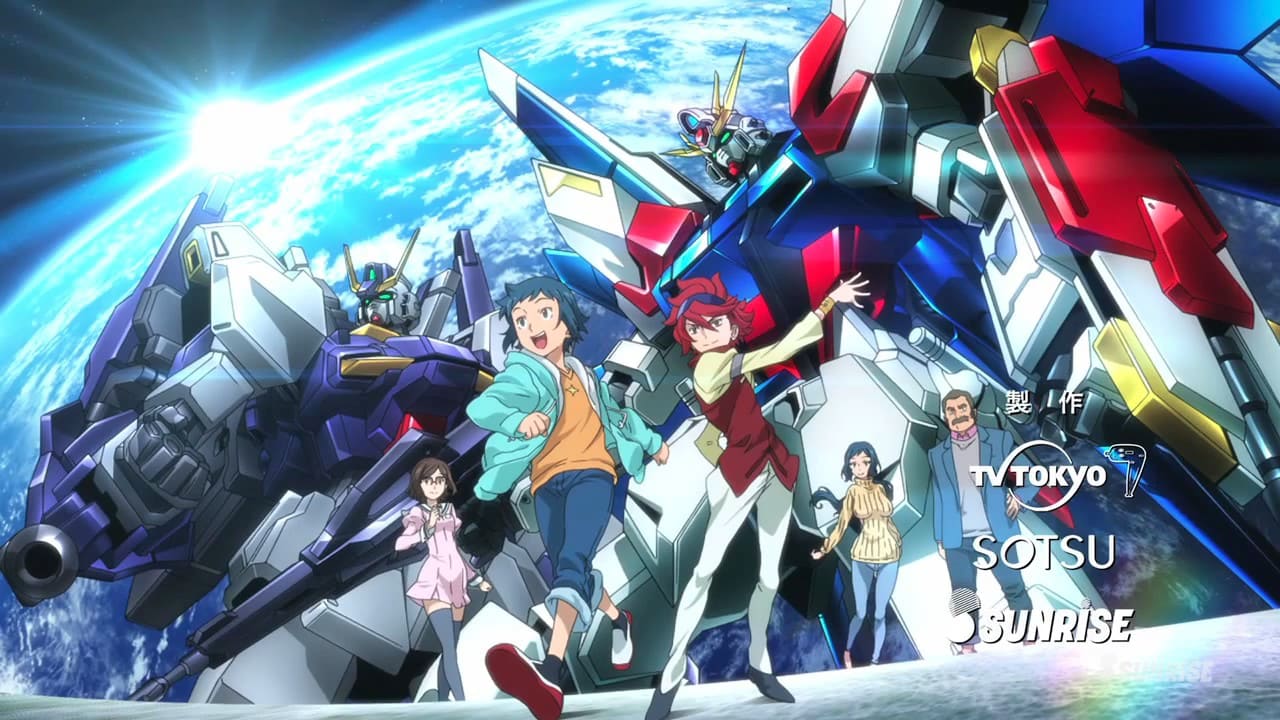
A hobby turned combat sport. Sunrise’s effort to attract new fans turned into a compelling series with gorgeous battles featuring iconic MS from the franchise.

The first animated Build series, Beginning G opened up new venues and excitement for the hobby, with light-hearted yet intense traditional MS battle.

Do you want a Gundam series with a brighter tone but still has banger battles? Then Metal Armor Dragonar is a perfect series for you!

A series about building regular model kit, and using them to find inspiration in life. A very uplifting and chill series for mecha fans to change their perspective on their hobby.

The sequel to SEED – a series that brought Gundam on top of the radar. Destiny is a sequel that earned both the intense love and hate within the fandoms.

An anime adaptation of a sci-fi novel with the same name, Yakitori really stir up the scene with its unusual storytelling and animation style. However, the characters really hold the series up.

A Fafner novel written by Tow Ubutaka – the person who understand Fafner the most. Explore Kazuki’s POV and his relationship in a way you’ve never seen before.

A new Gundam for a new era. Gundam Seed is one of the most popular modern Gundam series that has fans all around the world. And it also received much love from Sunrise as well.
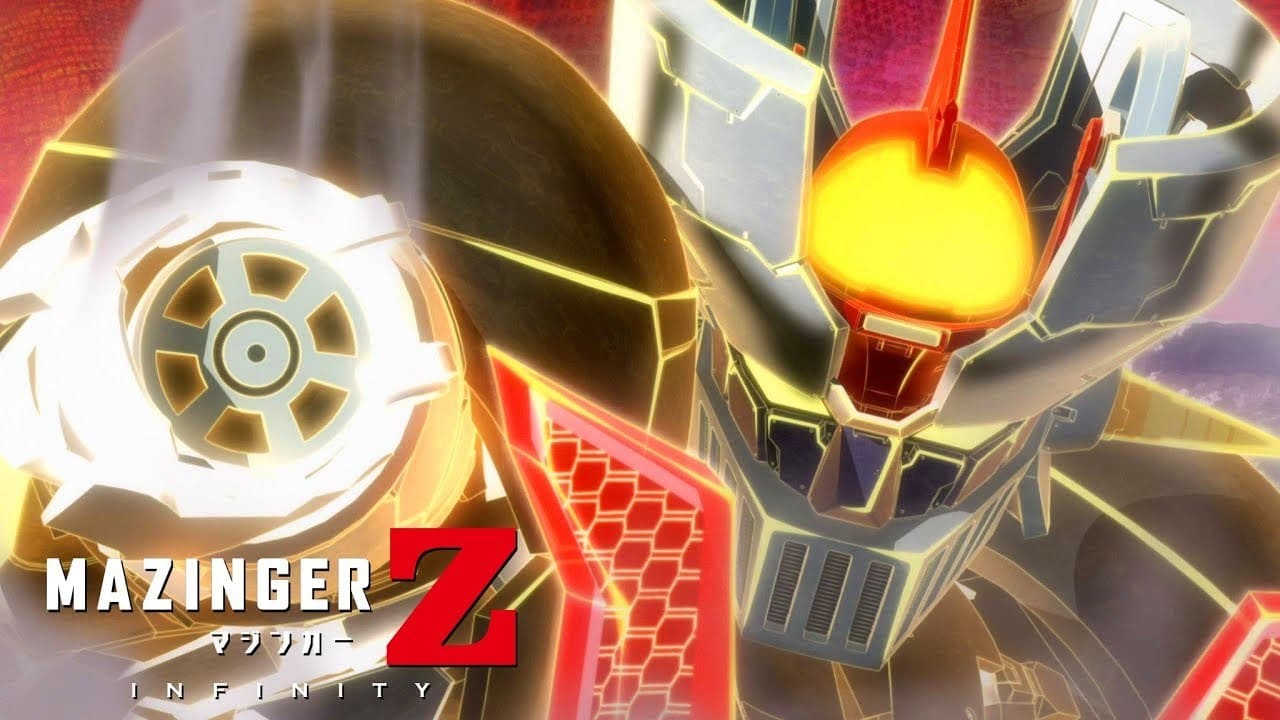
A love letter to commemorate the pioneer of the Mecha genre, Mazinger Z Infinity remind us of the conviction and justice that the Iron Castle had, is, and will stand for.

A badass and action-packed super robot series with an age-gap marriage between the two main characters. A hearth-throbbing and passionate tale about love and perseverance.

A new story of the boy who awoken a machine. Casshern Sins follow a conflicting young man in a world where life seems meaningless, yet everyone yearn for it anyway.

Just when things have calmed down, the Gear Users once again face an apocalyptic threat from a mysterious high order. This put Hibiki and her friends at risk once more.

New threats emerged to threaten the world. But new allies also appear to bring the Gear’s songs to a new level. A new battle await the girls!
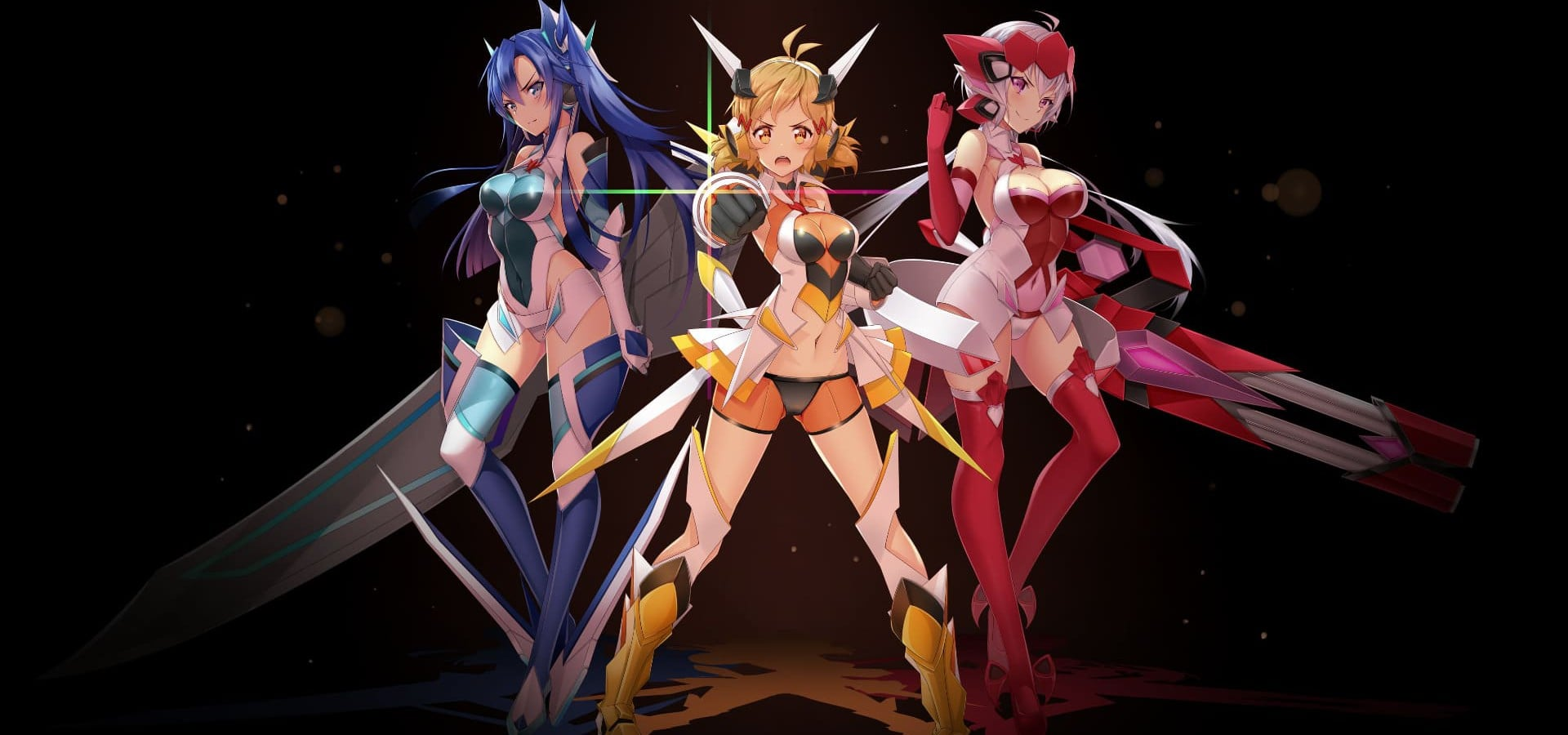
Mahou Shoujo x Tokusatsu combined with plenty of mecha references, Symphogear bring us an audio and visual experience that is just the beginning. of a great franchise.
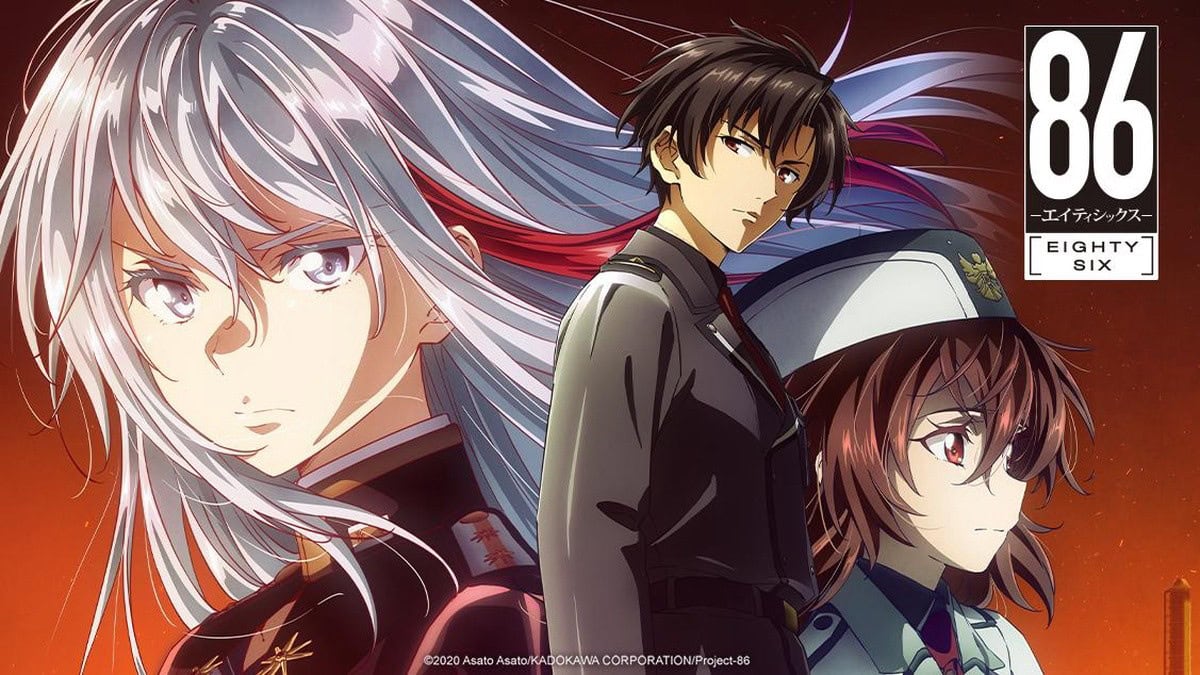
A new nation, a new story, a new battlefield. The reborn Eighty Six must choose between a life of peace or death. Will the Reaper be able to move on?

The depressing, gripping yet hopeful world of Eighty Six brought to life with A-1’s adaptation. The vision of Asato receives a depiction so emotional like no others.

A fun dogfight experience with some mecha combat thrown into the mix, Strike Suit Zero scratches some of that Macross action game that PC gamer has been wanting.

With his life completely smashed apart and turned upside down, teenage boy Ayato had to navigate a new world while being the key to control the winged giant RahXephon.
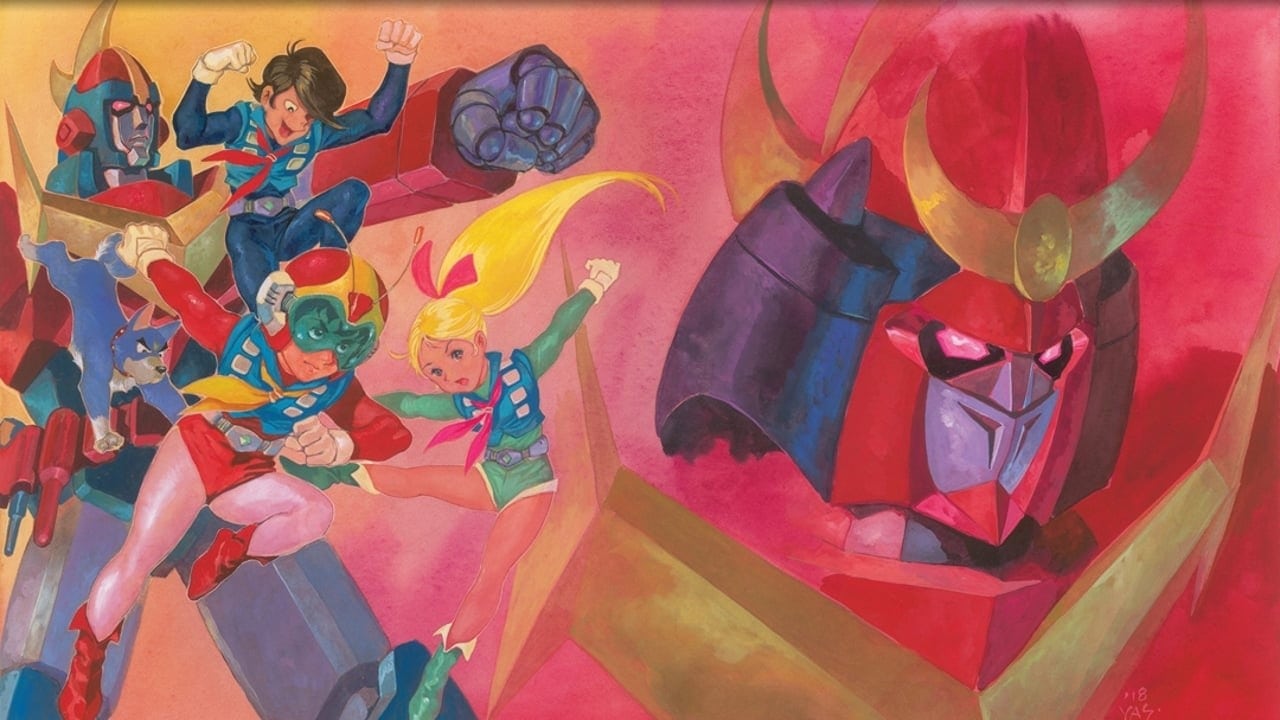
Not just your usual 70s Super Robot, Zambot 3 is more than just a battle between good and evil, but also about endurance, perseverance and the unyielding heart to do what’s right.

Expanding upon the original work of Yokoyama-sensei, GR: The Day The Earth Stood Still introduces a world where the supernatural and super-technology co-exist. And in the midst of that is a Giant Robo.

If you fancy beautiful girls cladded in sleek power armor fighting cyborg crimes, then Bubblegum Crisis is the choice for you, with amazing 90s cyberpunk dystopia atmosphere!

The Cyber Beast Force may have disbanded, but their burning hearts are still raging. Dancouga combines once again to fight an unexpected enemy. Is it human, or something else much more sinister?

Suit up! It’s time for some Oni hunting! An anime tribute to the Tokusatsu genre, Shikizakura show us the power of hope, willpower and compassion to overcome any darkness.

The bullet-train robot is back! Two young kids take on a new threat to protect the world. Shinkalion Z takes off after its predecessor and set itself apart from other Takara series.

A song that rings during the apocalypse. Vivy is a bold idea involving a century of fighting and yearning. Vivy will bring your visual and auditory sense to the max!

What is a true Ally of Justice? What kind of “Heroism” is worth fighting for? Linebarrels of Iron is a manga that you won’t be able to put down!

Hot-blood, explosive and FIRE! S-CRY-ed tells a badass yet emotional adventure of two youths on their way to unravel the truth of a world changed forever.

Absolute music, Absolute animation, and…Absolute LIVE! Macross Delta Zettai Live brought the emotional climax of Hayate and Freyja story to a breathtaking conclusion.

A hidden gem of a steam-punk mecha anime. Gad Guard literally start from a hidden “gem”. If you fancy some noir mecha x vigilante style with awesome OST, this is the series for you.

A man who lost everything decided to throw away himself for revenge. A mysterious threat from space with an unthinkable objective. Experience the masterful visual of Argento Soma.

An alternate and expansion of the famous “Doan’s Island” of Gundam 0079, Cucuruz Doan’s Island focus on the characters that further show us the cruelty of war.

The finale of the Sidonia no Kishi animated saga. Ai no Tsumugu Hoshi gives us the climax of the Gauna War and conclude the story between Tanikaze and Tsumugi.

